When you think of Peru, what comes to mind? Maybe the breathtaking landscapes, the ancient Incan ruins, or the delicious cuisine. But have you ever thought about Peruvian clothing? Whether you’re in the lively streets of Cusco or the peaceful villages nestled in the Andes, you’ll see traditional Peruvian clothing. From ponchos and skirts to hats and shawls, each piece is a work of art crafted with care. In this post, we’ll dive into the fascinating world of Peruvian fashion and explore how these unique garments reflect the heart and soul of Peru.
What is traditional Peruvian clothing?
Traditional clothing of Peru includes garments that have been worn for centuries in different regions of the country, especially in the Andean area. These garments are characterized by their bright colors, intricate designs and the use of natural materials such as alpaca and vicuña wool. Examples of traditional Peruvian clothing include ponchos, multicolored skirts, wide-brimmed hats, and shawls decorated with symbolic motifs representing the connection with nature and the Andean worldview.
Unlike modern clothing influenced by global trends, traditional Peruvian clothing preserves artisanal weaving and embroidery techniques that have been passed down from generation to generation. In the Andes, these garments remain an integral part of daily and ceremonial life, reflecting the cultural identity and historical legacy of the communities.
Andean Highlands attire
Across Cusco, Puno, and Ayacucho, traditional clothing remains part of everyday life in many communities. Women often wear brightly colored skirts made from alpaca or sheep’s wool, paired with llicllas (woven cloaks) whose motifs reflect Andean nature and spiritual beliefs. The geometric figures known as tocapus carry ancestral meanings connected to agriculture, astronomy, and local deities.
Men typically use hand-woven vests and ponchos, with colors that vary by community. The Chullo, a wool cap with earflaps ,is a regional hallmark that shows the weavers’ skill in creating pieces that are both practical and artistic. During major ceremonies, carved canes are common as symbols of authority and wisdom.
Peruvian Coast costumes
On the Peruvian coast, dress has evolved under stronger external influence, yet it keeps traditional elements in folkloric celebrations. During the Feast of the Virgin of Candelaria in Lima, for example, dancers wear colonial-inspired outfits with straw hats and embroidered handkerchiefs. In the north, Afro-Peruvian heritage stands out in colorful costumes and rhythmic movement, as seen in the Marinera and the Festejo.
The Amazon clothes
In Peru’s rainforest, clothing is closely tied to the natural environment. Peoples such as the Shipibo-Conibo and Asháninka use plant fibers, seeds, and feathers to craft lightweight garments and ritual adornments. The Shipibo kené, distinct geometric patterns , represent shamanic visions and sacred songs.
Body painting also plays a key role, especially during ceremonies and festivities. Colors and motifs communicate tribal identity, social status, and a connection with the spiritual world.
Clothing during the Inca Empire
The Inca people were known for wearing vibrant and detailed clothing crafted from wool or other natural materials, often as practical clothing to keep warm. In contrast, others were specifically worn during special ceremonies.
Ponchos, large pieces of fabric with an opening in the center for the head, were one of the most renowned clothing items worn by the Inca people. People made them from wool and added intricate patterns and designs. Both men and women often wore llama wool capes; Inca people valued these animals greatly and utilized their wool in various clothing items, including capes, gloves, hats, blankets, etc.
The Inca people wore jewelry made of gold or silver, including necklaces, earrings, bracelets, and rings made of either material. Both men and women often sported multiple piercings in their ears as part of this practice; items passed down from generation to generation were considered valuable treasures with emotional significance attached.
The clothing worn by the Inca people differs significantly from what we wear today, yet we can see how their style has influenced us.
Dress for the Inca King
The Inca Empire, commonly referred to as Tawantinsuyo, was one of the greatest empires in pre-Columbian America. The Inca emperor and his successors used the title of Sapa Inca. He and his successors used this title, with both being siblings to previous Inca rulers; many people considered him a demigod as well.
Clothing of an Inca king was similar to that of other members of his society's upper class. He would wear a finely woven tunic made of wool or cotton that often featured feathers or gold thread embellishments, cloak decorated with feathers or gold thread decorations and sandals with headdresses adorned with jewels as his uniform of dress.
Dress for the Nobility
The Inca Empire had an elite group known as the Inca nobility, who were at the top of society with special privileges and status. Their clothing showed their wealth and prestige by featuring colorful fabrics decorated with gold or silver threading, showing they stood apart from those less rich.
Traditional Andean Clothing in Present Peru
Peruvians living in the Andes region wear traditional garments to reflect their vibrant culture. Andean clothing features vivid hues with intricate designs. Wool and alpaca fiber clothing provide ideal warmth against mountain weather conditions, while hand-made traditional methods have been passed down through generations to produce Andean wearables.
Women in Peru typically don long skirts known as polleras and colorful shawls called mantas; men usually sport "bombachas" (trousers) with colorful ponchos called mantas for extra coverage from the sun; wide-brimmed hats protect from its intense sun rays. Andean clothing combines function and aesthetic beauty perfectly; its beautiful colors and detailed designs serve to represent this vibrant culture while remaining both comfortable and appealing to wear.
Traditional Peruvian Clothing for Women
Peruvian women typically wear vibrant clothes that demonstrate their rich cultural heritage. Their clothes reflect both color and design similarities from generations past to today despite changes to styles over time.
Pollera
Women in Peru wear traditional attire called pollera, consisting of colorful skirts with many layers. Made of wool or cotton fabric, pollera skirts may feature embellishments like embroidery or ruffled layers for additional visual interest. Women in Peru have worn polleras since colonial times. Although its style may have altered slightly over the years, women continue to don polleras at special events like weddings or festivals, where polleras remain fashionable and frequently worn by female attendees. Although polleras originated from Peru, they can also be found worn throughout South America, such as Bolivia, Chile, and Ecuador - becoming popular fashion statements among non-Peruvian women as fashion statements in recent years.
Lliclla
The Lliclla is an integral part of Quechuan culture. It covers the chest and shoulders in an oval form, often decorated with colorful embroidery, fringe, or tassels. It is an important symbol of femininity and motherhood.
Jobona
Jobona jackets are popular clothing choices among women in Peru. These handwoven garments, made of either wool or Alpaca fiber, create this vibrant yet fashionable piece. A Jobona makes an elegant addition to a wardrobe while remaining warm and vibrant.
Chumpi
A "chumpi" is a belt made of woven Quechua fabric worn around one's waist. Quechuans also possess an important cultural item known as a "chullo," which is made of wool with colorful stripes representing different aspects.
The Chumpi is an icon of fertility, often presented to new mothers. Quechua shamanism recognizes its significance; shamans use it to enter trance states and communicate with the spirit realm.
Montera
The montera is a woolen hat without a brim worn by people living in South America's Andes region and is believed to have its origins prior to the Inca civilization. Both men and women wear it; historically speaking, hats were usually reserved for nobility or upper-class individuals to demonstrate status and wealth; now, however, tourists visiting Andes regions frequently wear montera as fashion statements!
Ojota
Ojotas are sandals made out of recycled tires. In the Peruvian Andes, people wear these eco-friendly pieces.
Traditional Peruvian Clothing for Men
Men in Peru usually wear clothing tailored to both their culture and location. Men living in the highlands often don colorful patterns while those living in lowlands usually prefer solid hues more conservatively. Chullo hats, traditionally made of wool or alpaca fiber are popular choices as well.
Poncho
Peruvian ponchos are made from wool from vicuna, alpaca or llama and often feature colorful patterns or intricate detailing. Both men and women wear them, which form part of traditional Peruvian attire.
Ponchos provide extra warmth in Peru's freezing mountain climate. They also play a significant role in traditional dances and ceremonies, such as the Chullo Dance, where men don colorful ponchos while they stomp and spin around in circles, wearing colorful hats for added dimension.
Chullo
A chullo is a traditional Peruvian hat typically constructed of alpaca or llama wool. These stylish hats often feature earflaps and colorful geometric designs to keep you warm in Peru's mountain climate. Chullos from Peru makes an excellent statement while being practical as well.
Chumpi
Sashes are colorful pieces of cloth worn around the waist for fashion or warmth purposes. Once used as protection from cold Andean temperatures, nowadays, they're mostly seen as fashion statements.
Ojotas
Ojotas are traditional Peruvian footwear that many still wear today in Peru.
Chuspas
Chuspa bags are used to carry coca leaves, an integral component of several Andean cultures and their daily lives.
Keeping Traditional Peruvian Clothing Alive
When you look at Peruvian clothes, you can see history in every stitch. From the mountains to the valleys, these outfits show off tons of identity and tradition. As you learn about these beautiful clothes, think about how you can support the artists who make them. Whether it’s sharing what you’ve learned or buying the real deal, let’s help keep this amazing culture alive!
Traditional Peruvian clothes FAQs
Where can I buy genuine traditional Peruvian clothing?
Check local markets, small boutiques, and artisan cooperatives. Choose reputable sellers, doing so helps support local makers and ensures you’re getting authentic pieces.
How can I distinguish an authentic textile from an imitation?
Check for intricate patterns, subtle natural tones, and a smooth, pleasant feel. Buying from trusted cooperatives, artisan galleries, or reputable shops further helps ensure authenticity.
Can tourist wear traditional Peruvian clothing?
Yes. Wearing these garments can be a respectful way to engage with Peruvian culture, just be mindful of context, traditions, and basic etiquette.
How do I choose the right traditional Peruvian clothes?
Think about the climate, the occasion, and your own style. If you’re unsure, ask locals or knowledgeable shop staff for tips on fit, materials, and appropriate use.
Why does alpaca wool matter?
Soft, warm, and long-lasting, alpaca fiber is well-suited to the cold Andean highlands and is widely used in traditional garments.
What materials are common in Peruvian costumes?
Andean pieces like ponchos and skirts are often made from wool. Cotton and silk are also typical, and many modern outfits mix these with contemporary fabrics depending on the style and occasion.
How has modernization affected traditional clothing?
Urban areas largely favor Western dress, while many rural communities continue to wear traditional outfits daily. At the same time, designers increasingly incorporate traditional elements into contemporary fashion.

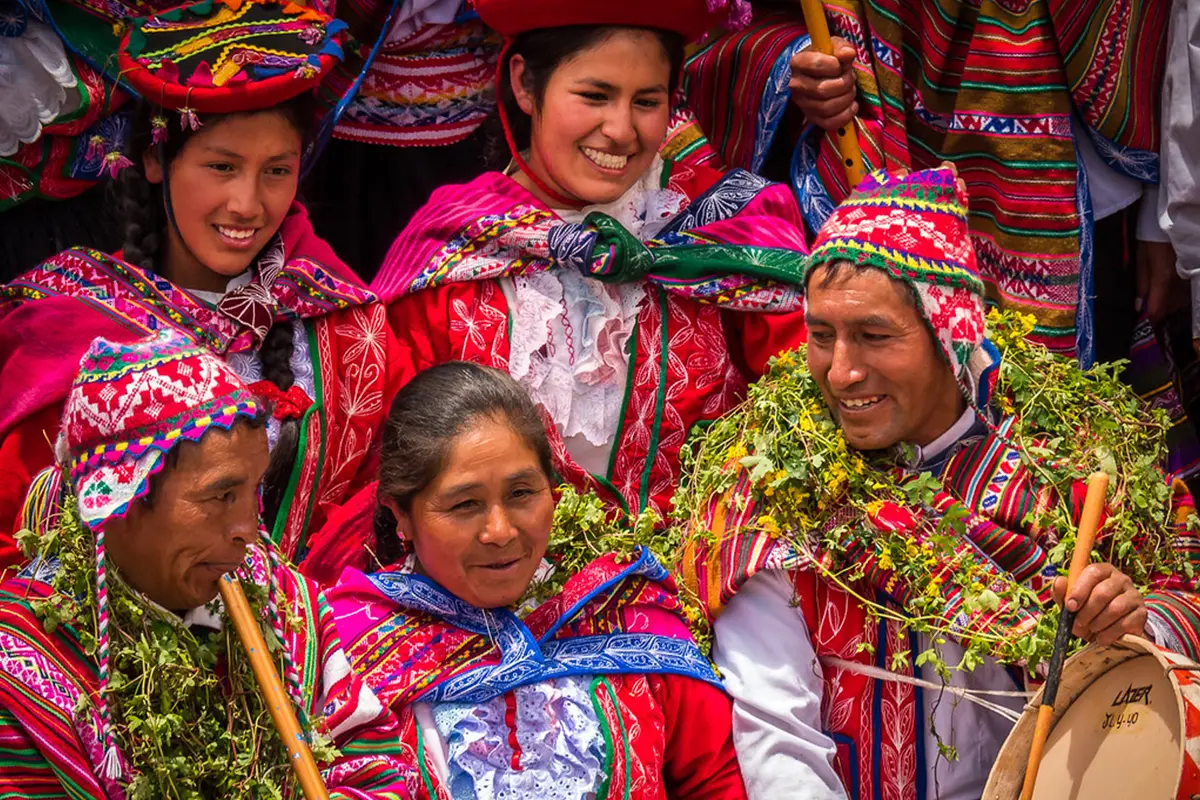
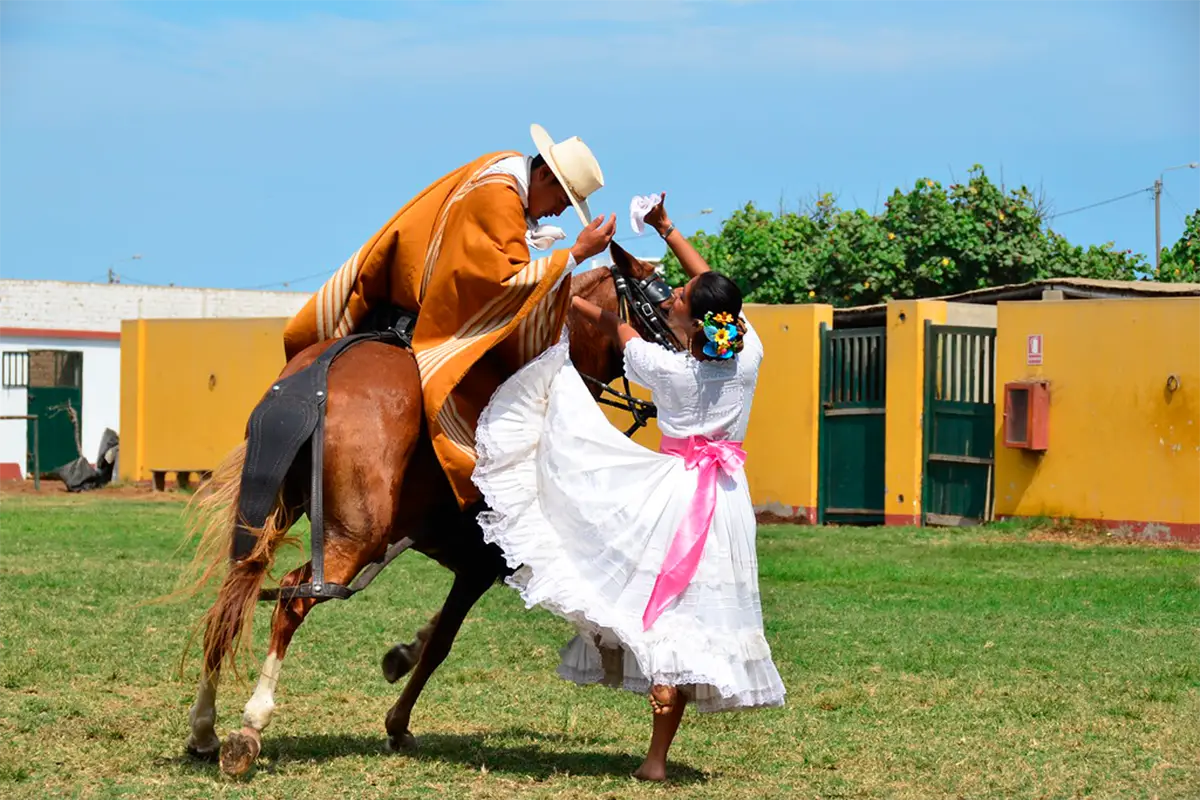
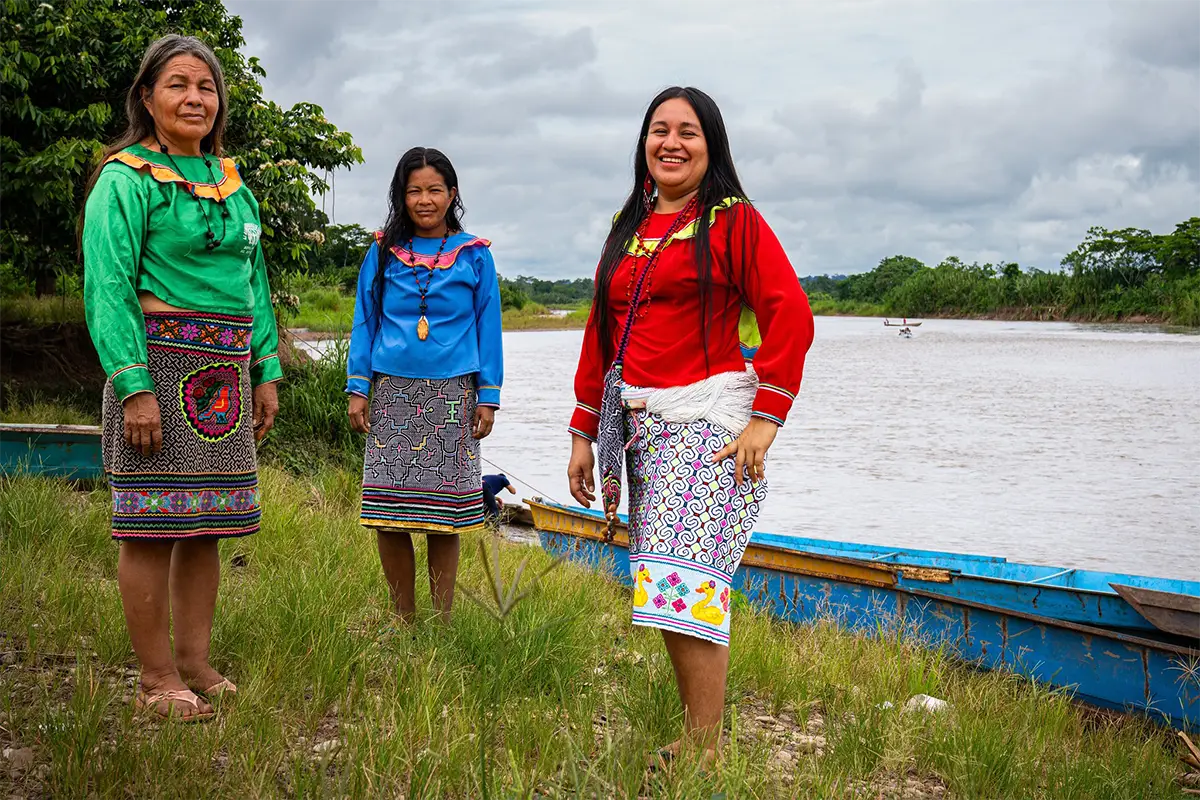
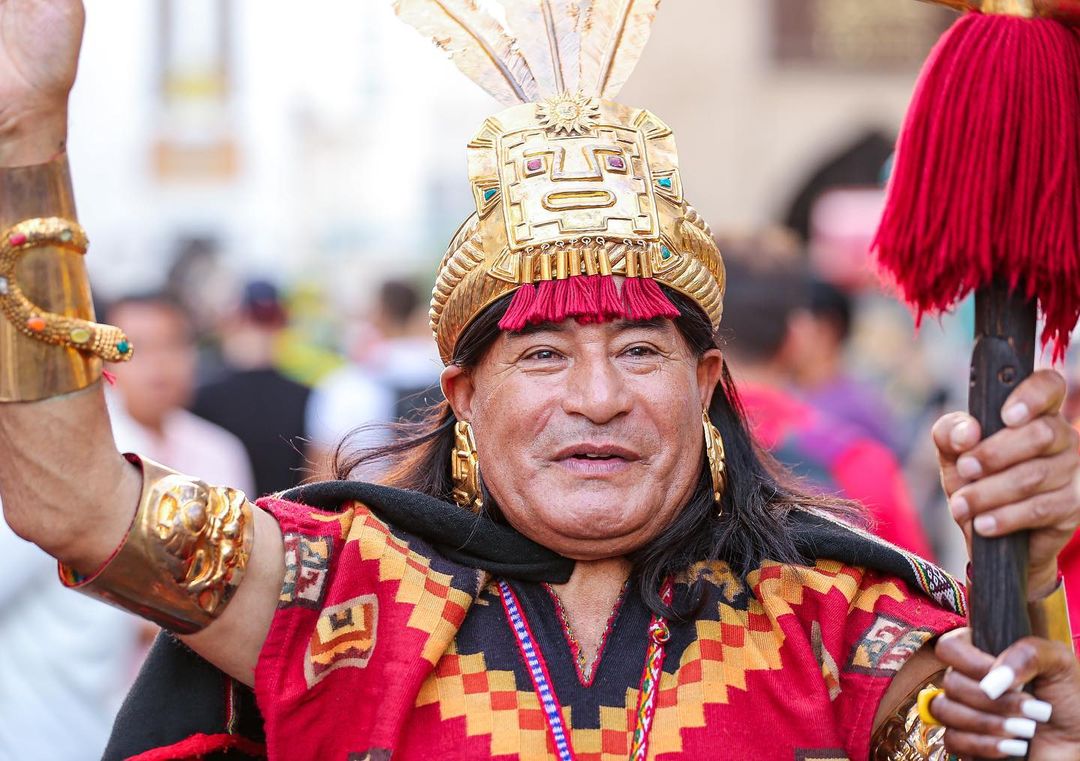
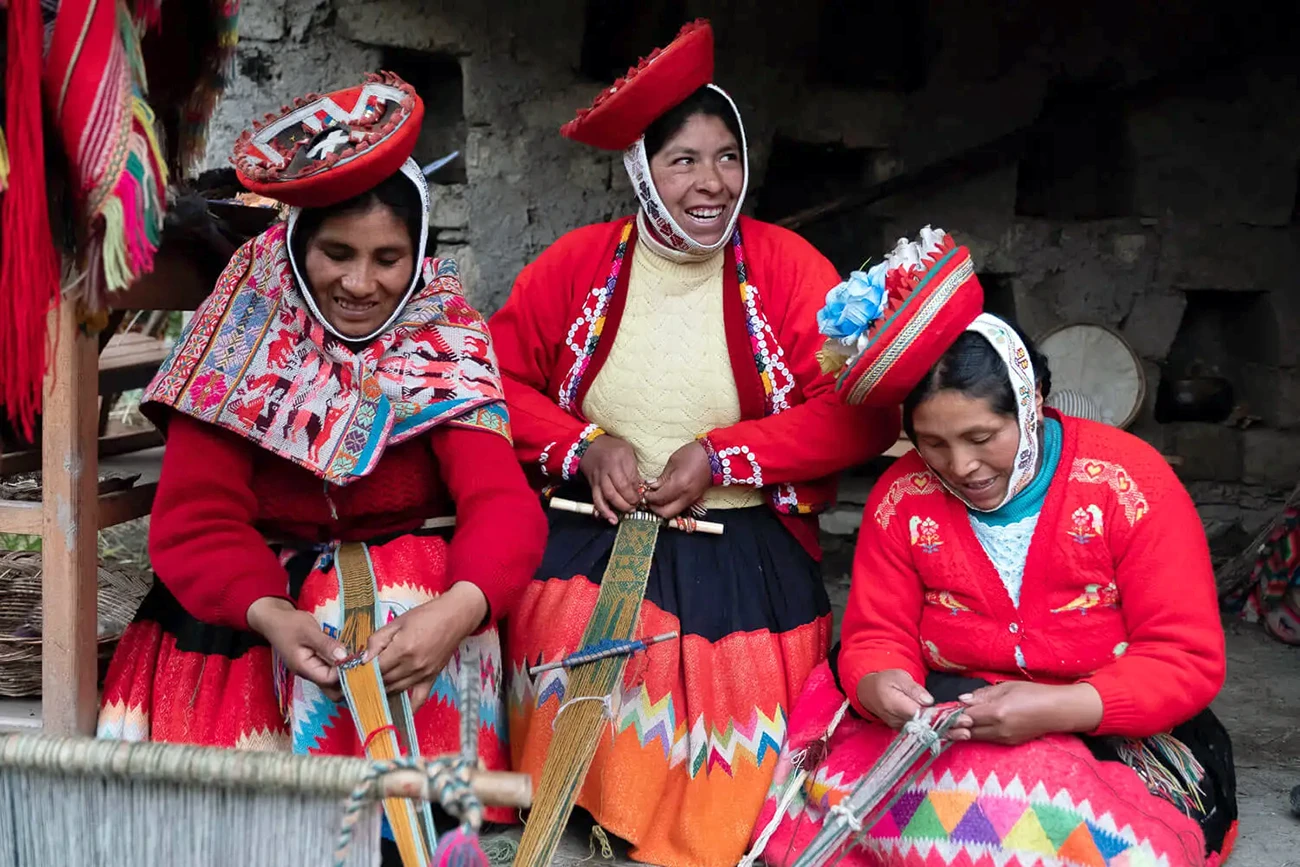
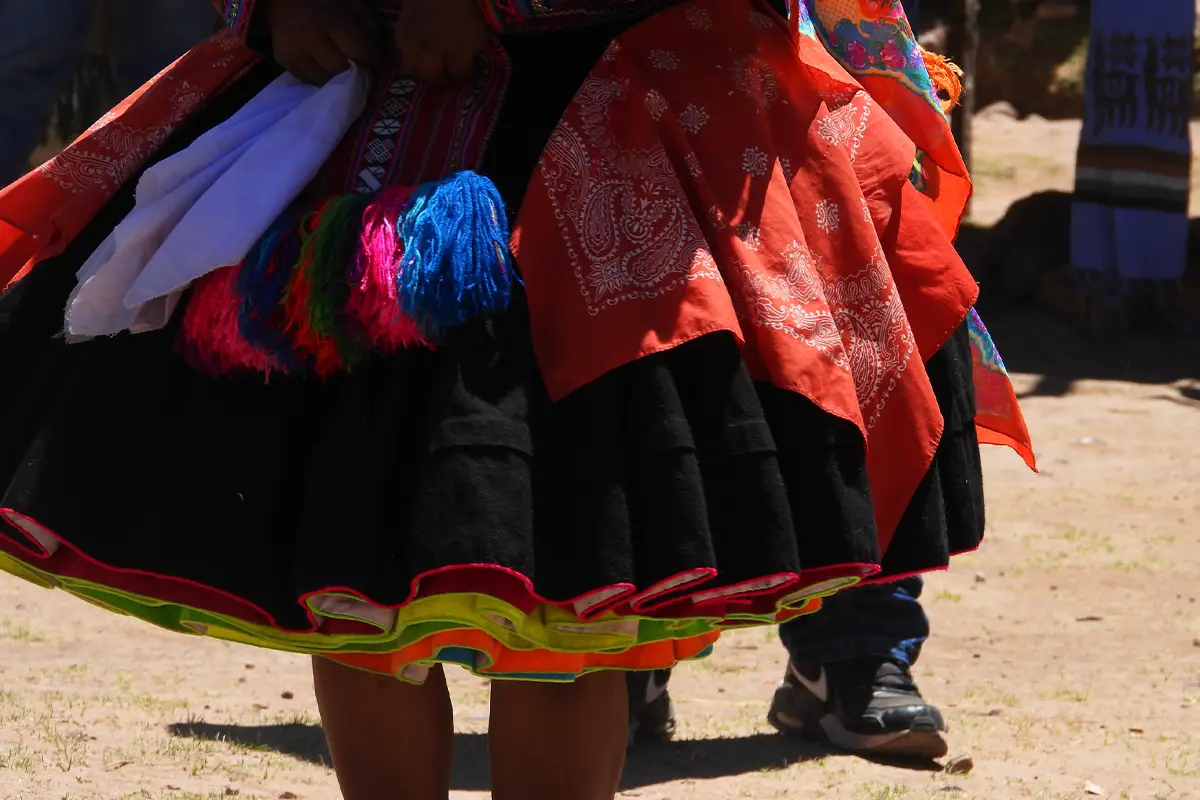
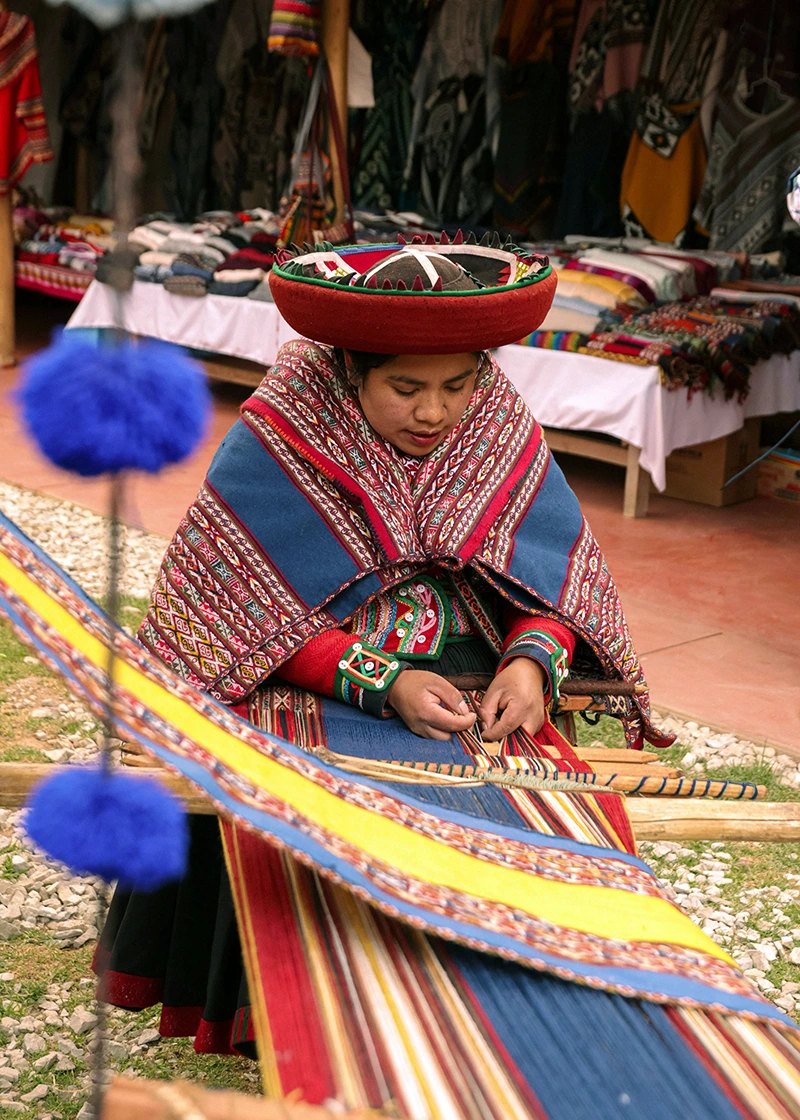
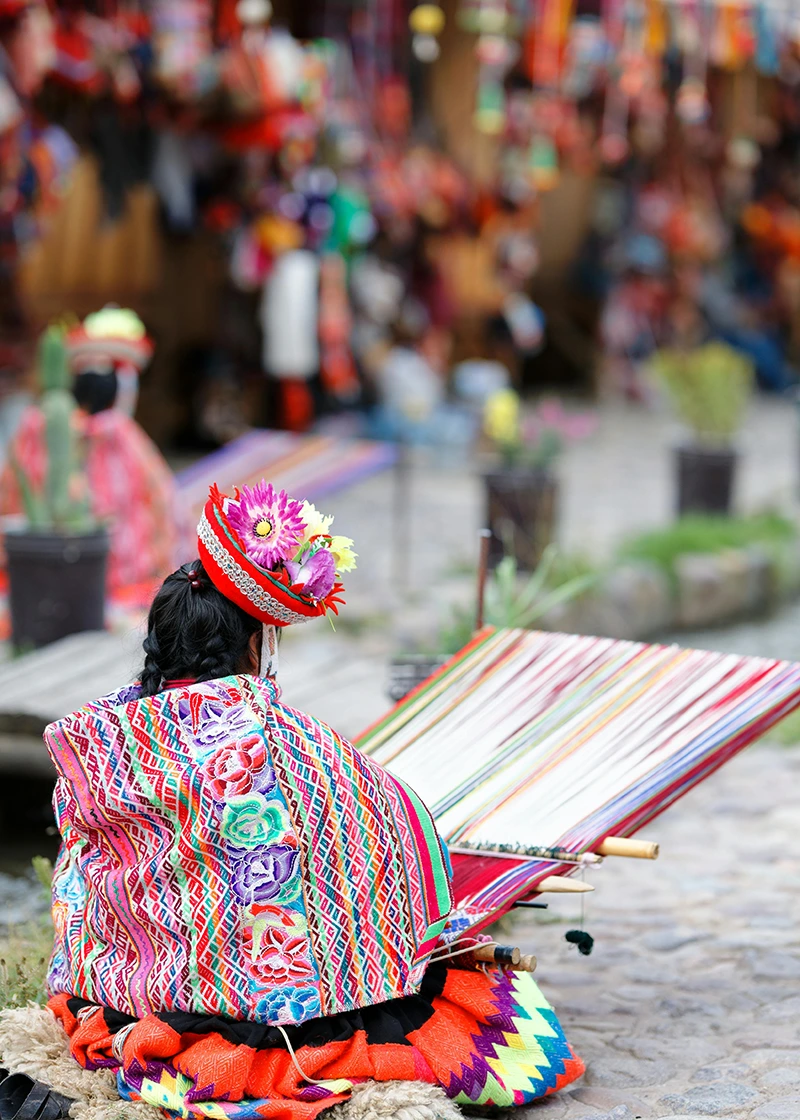
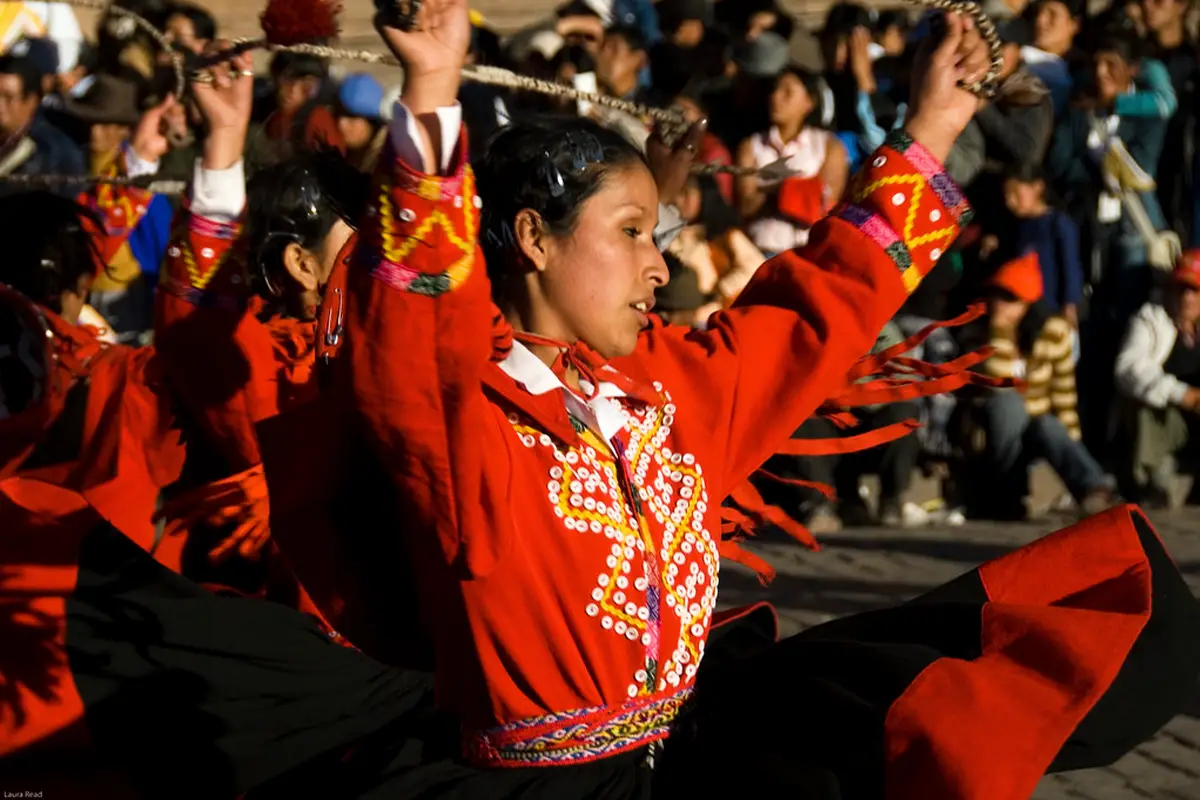
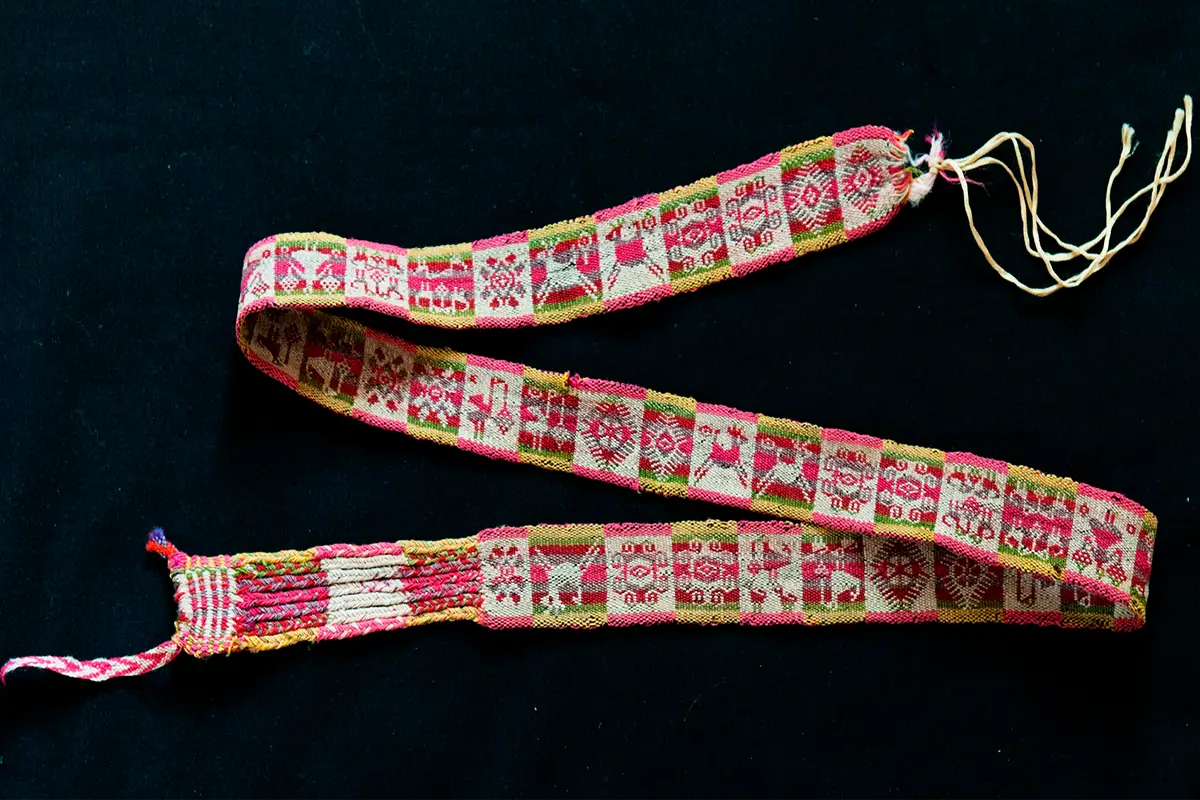
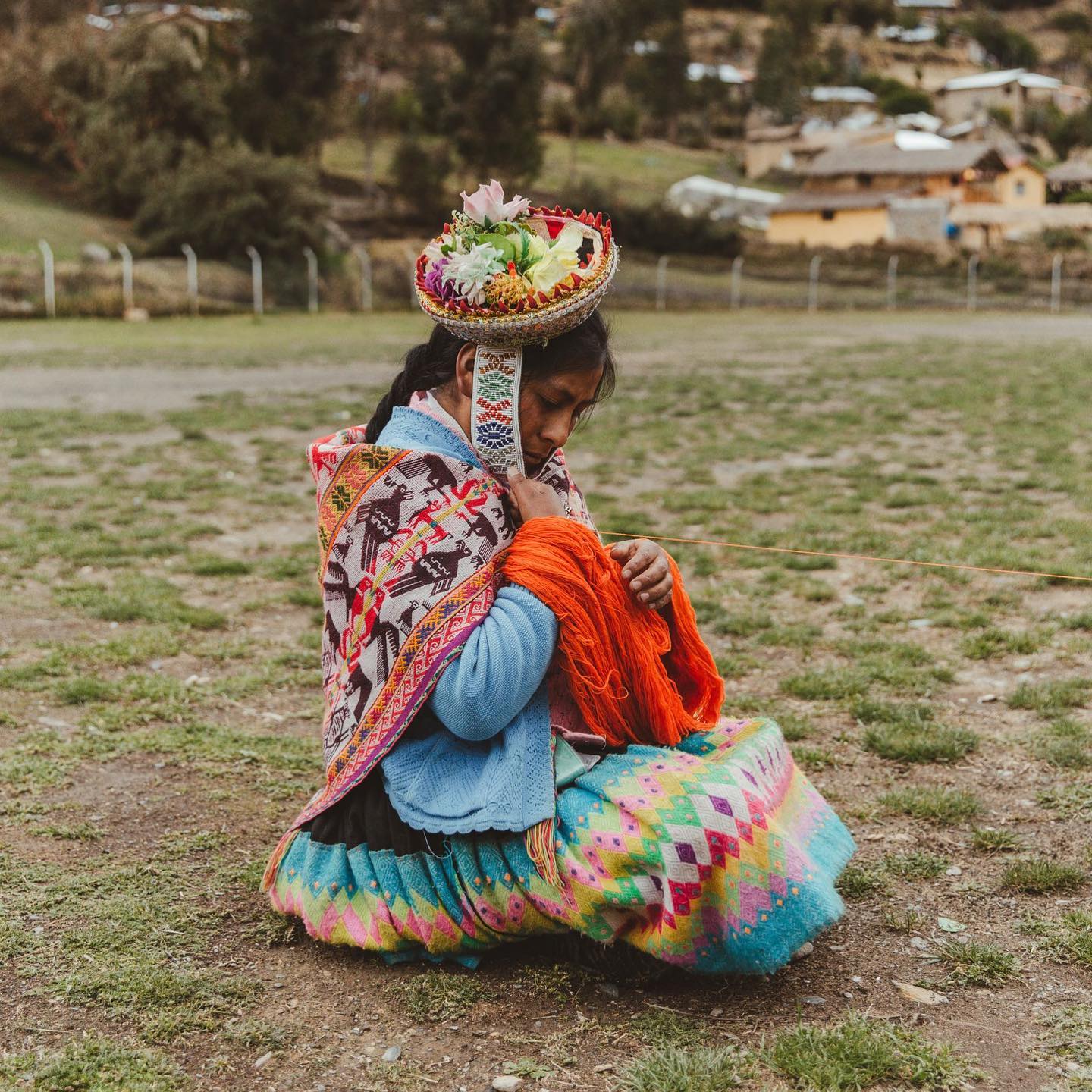
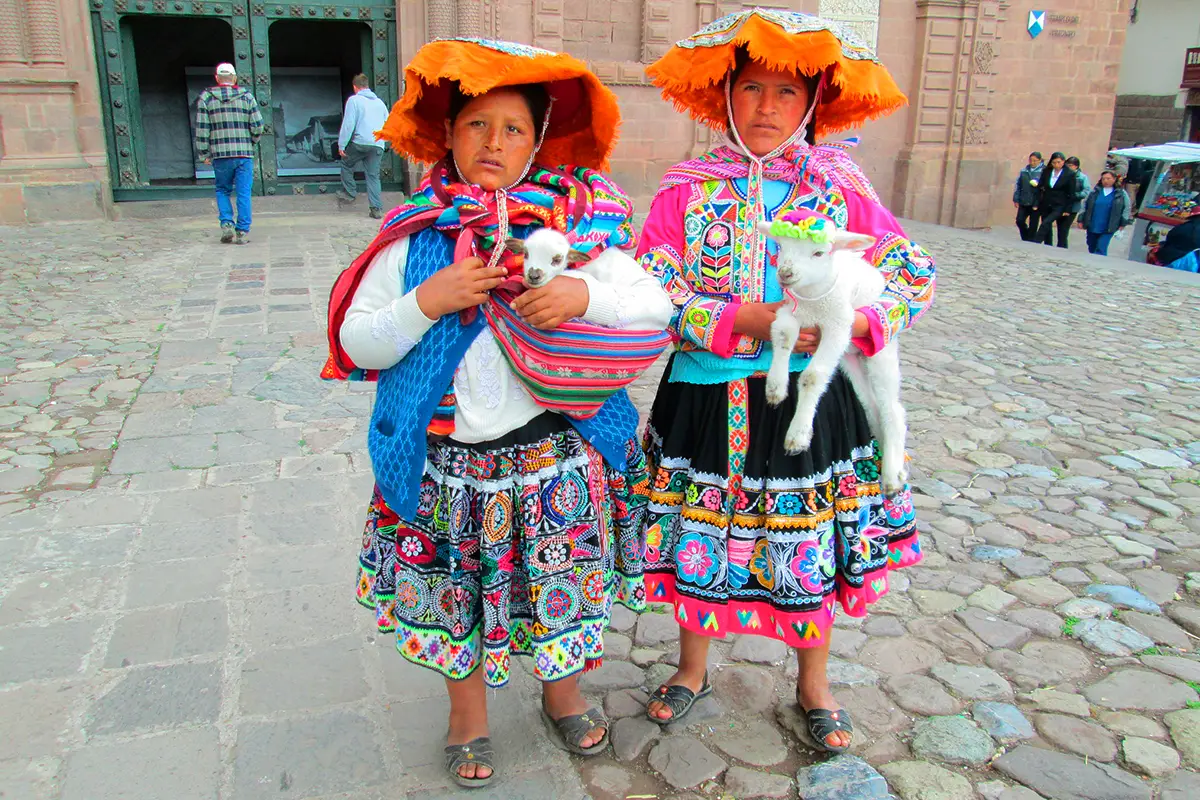

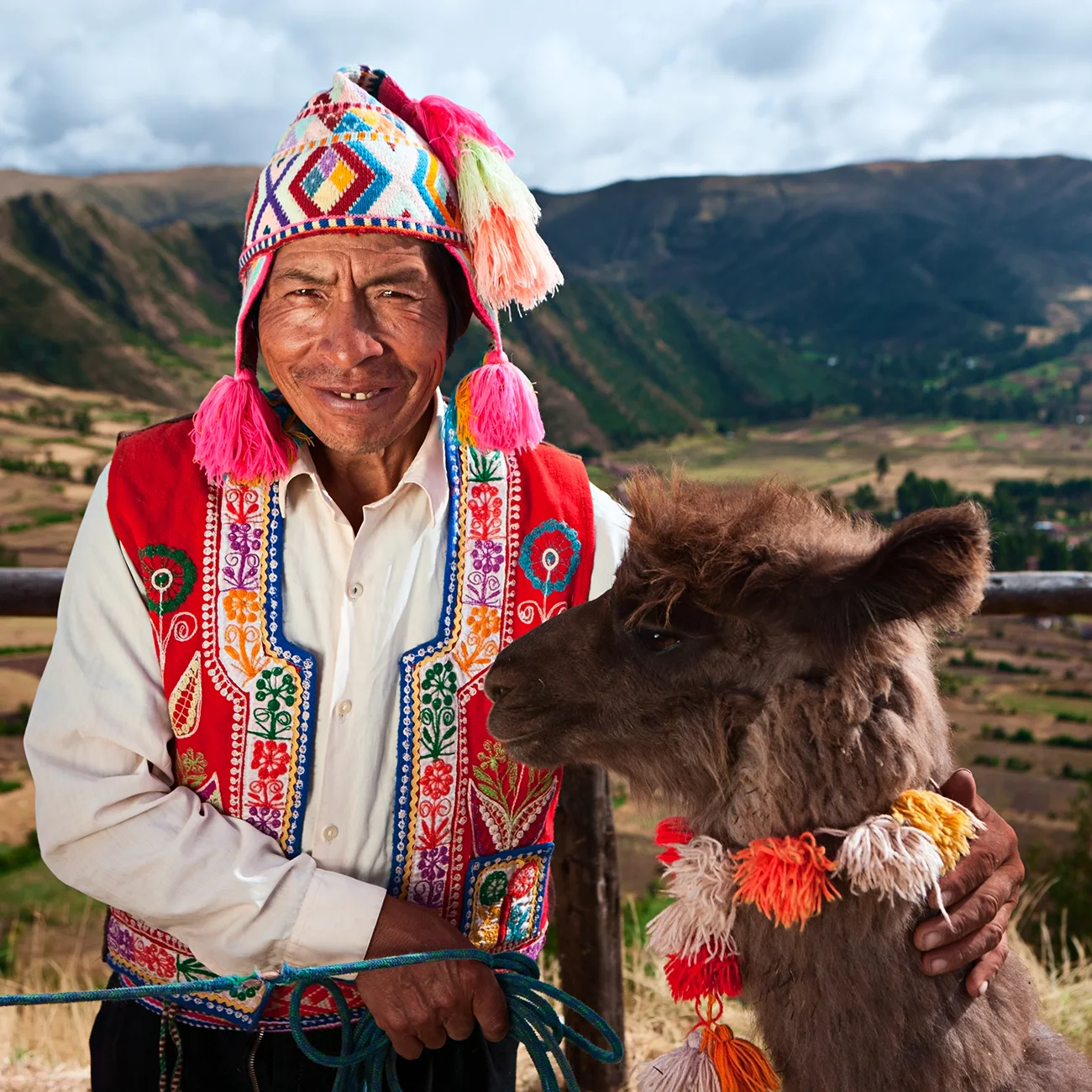
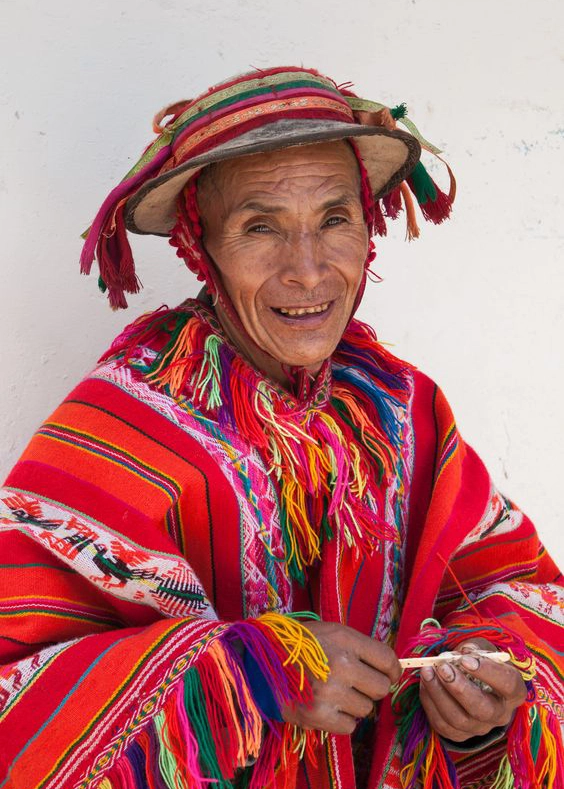
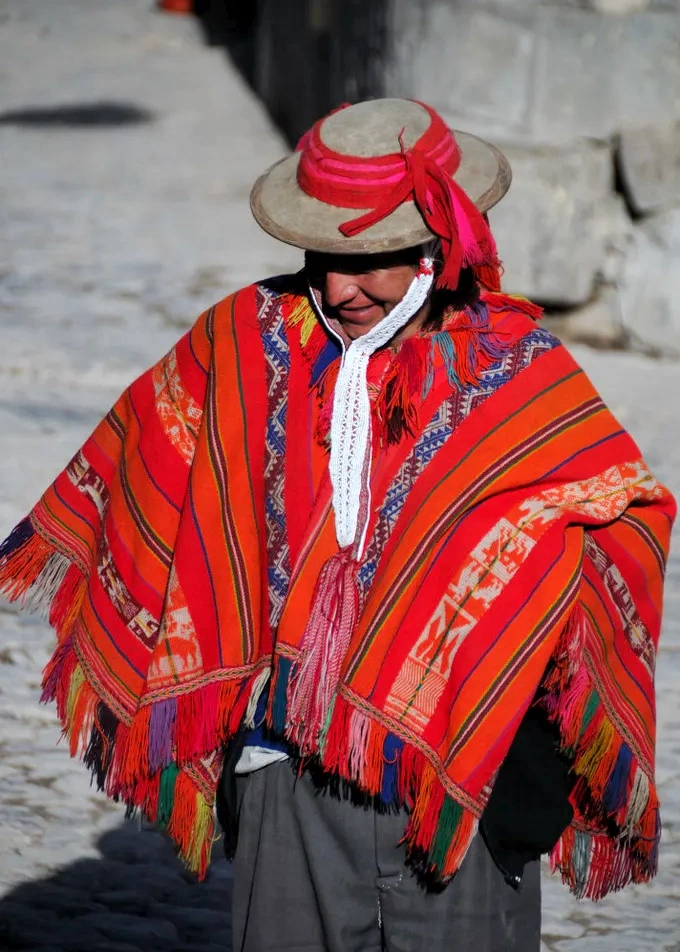
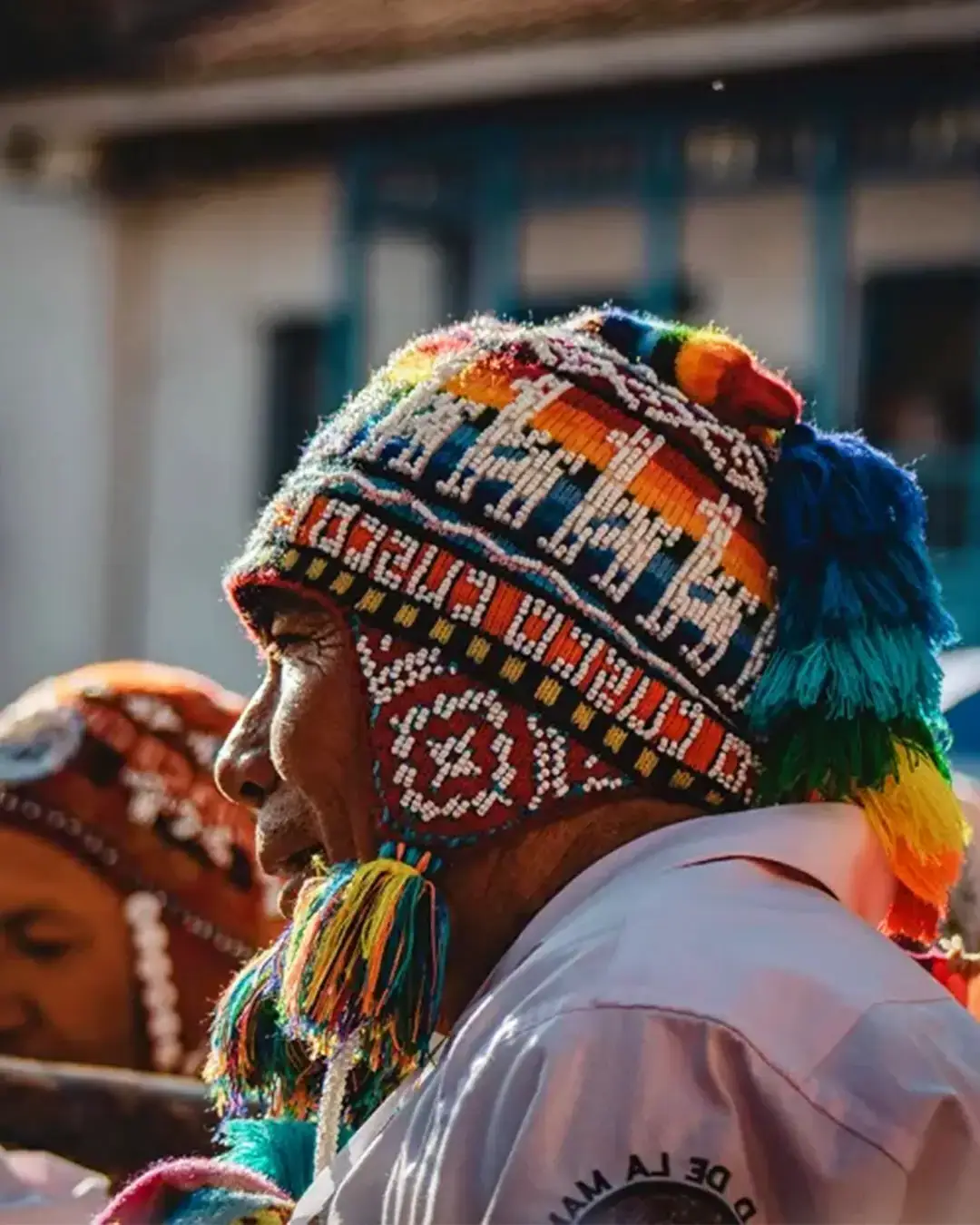
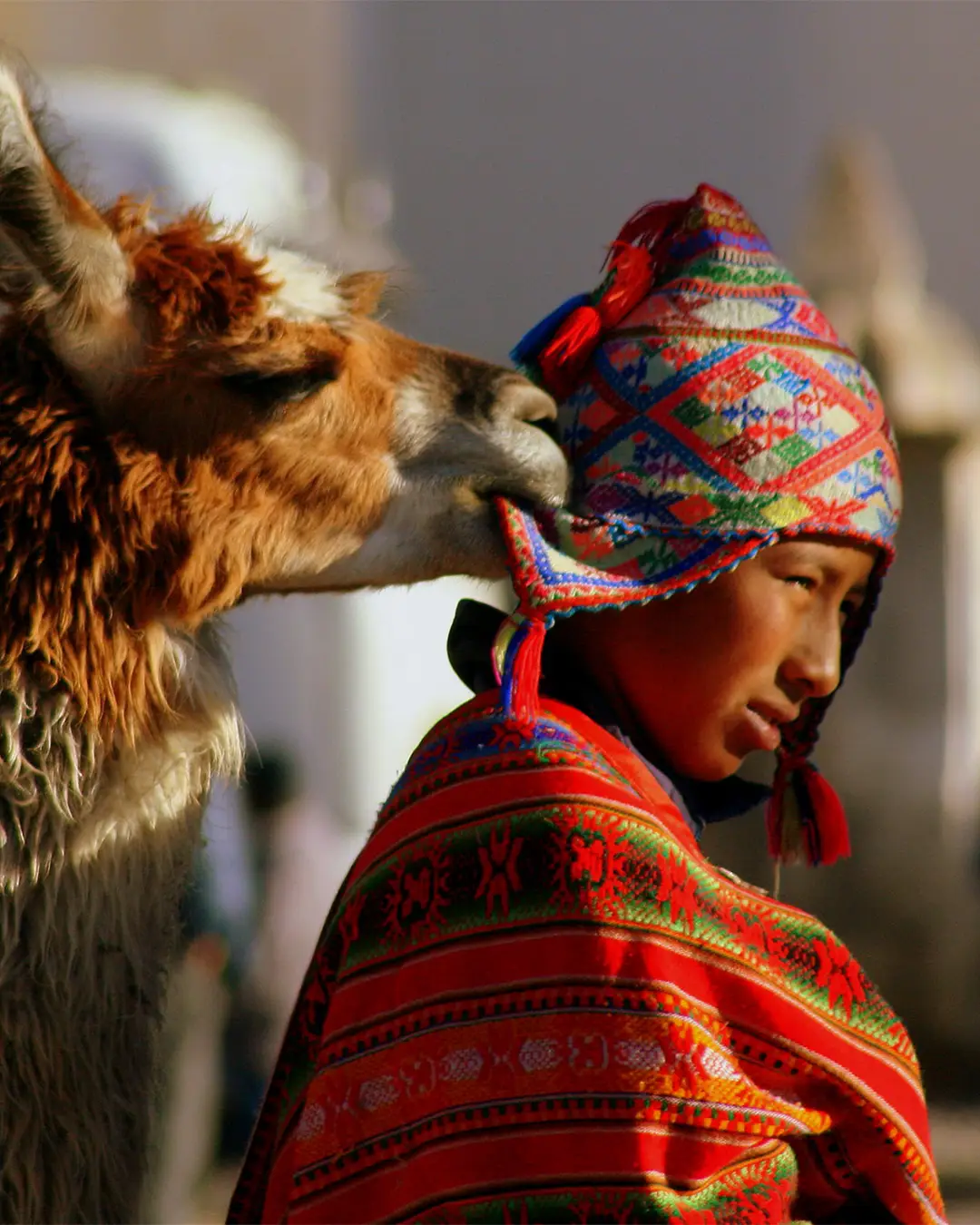
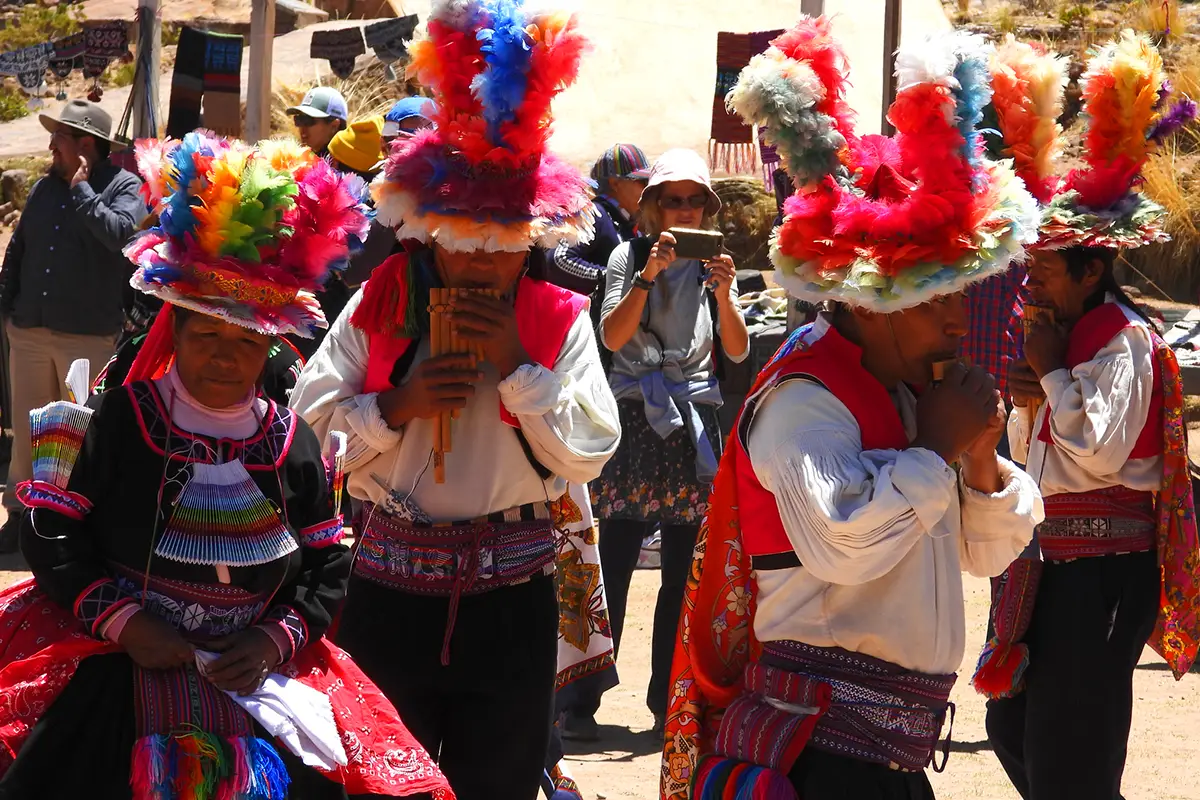
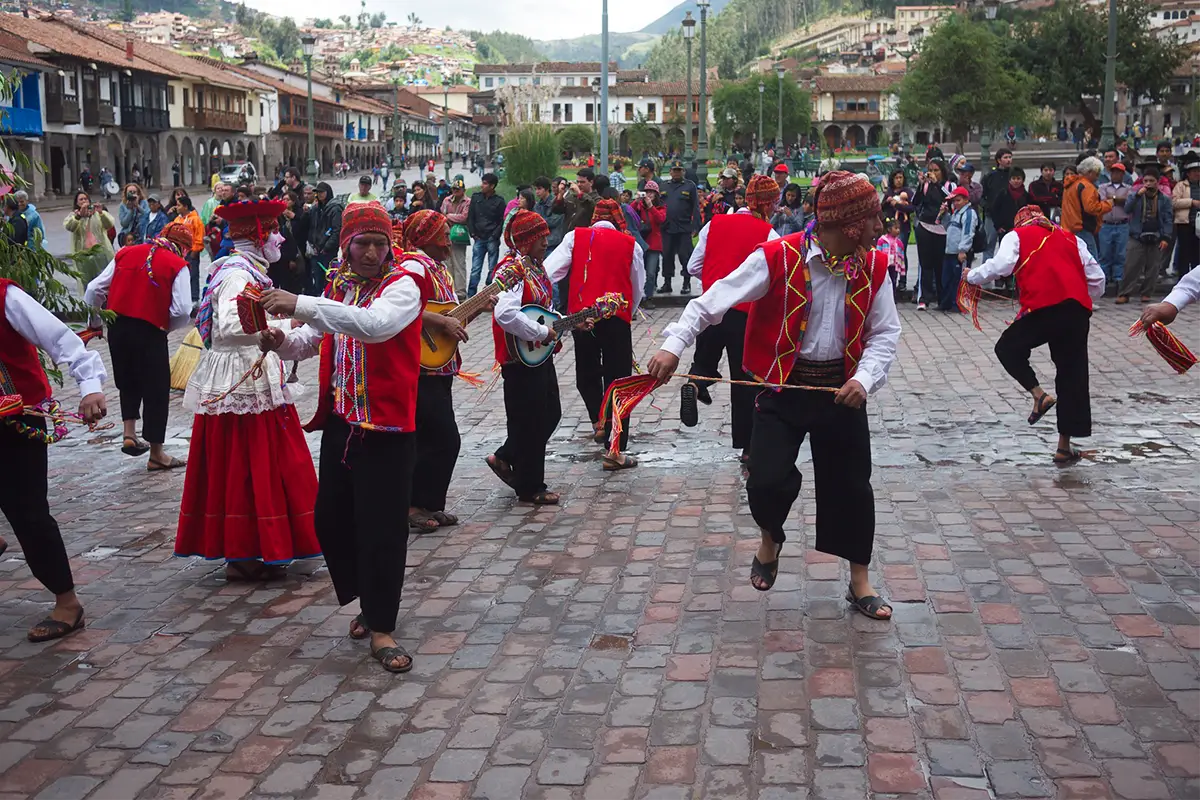
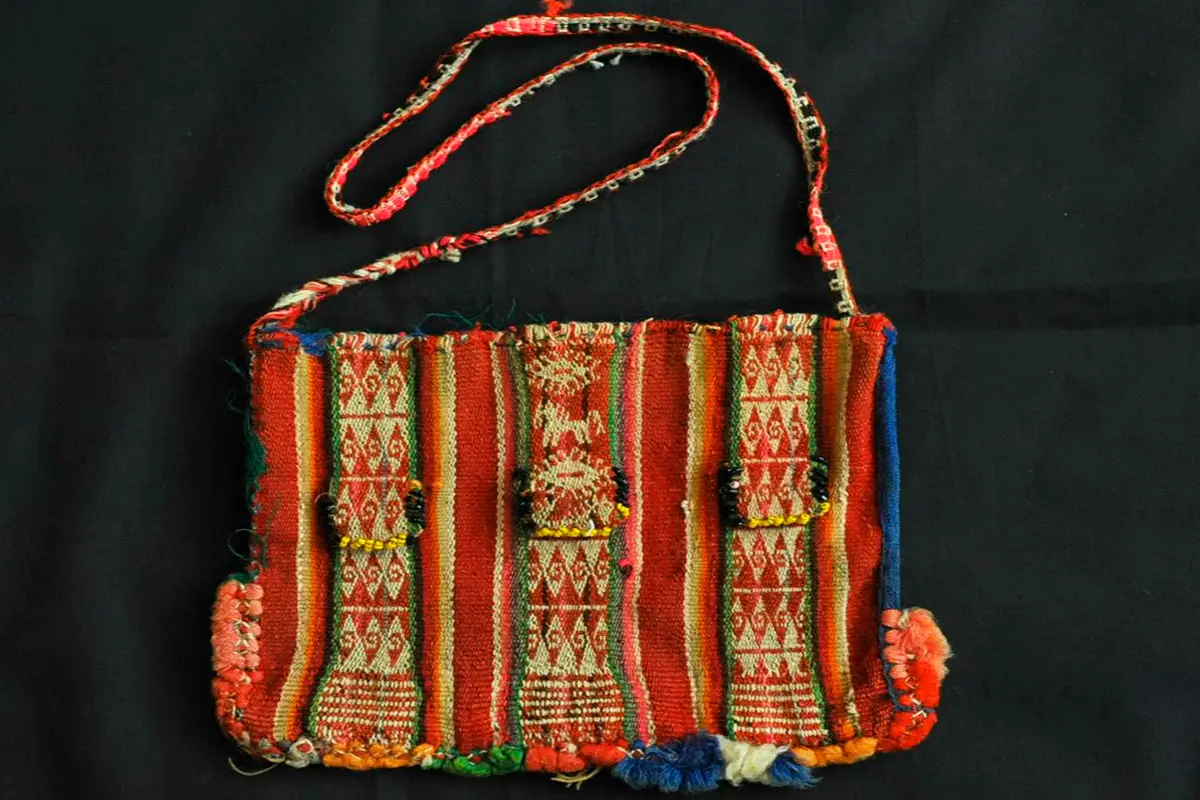

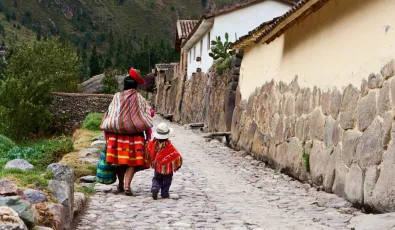
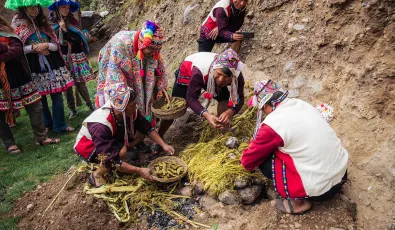
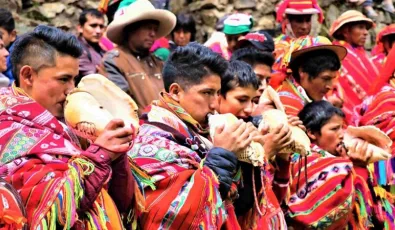

best canadian
It is not my first time to pay a visit this web site, i am browsing this site dailly and get nice facts from here everyday.
Add new comment